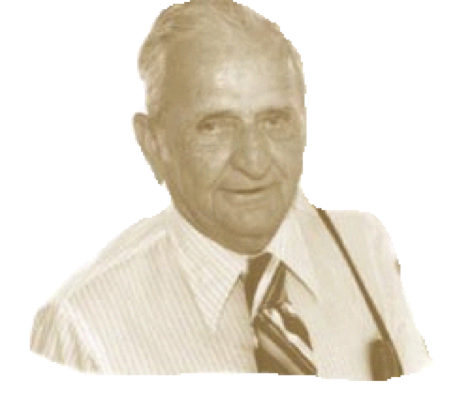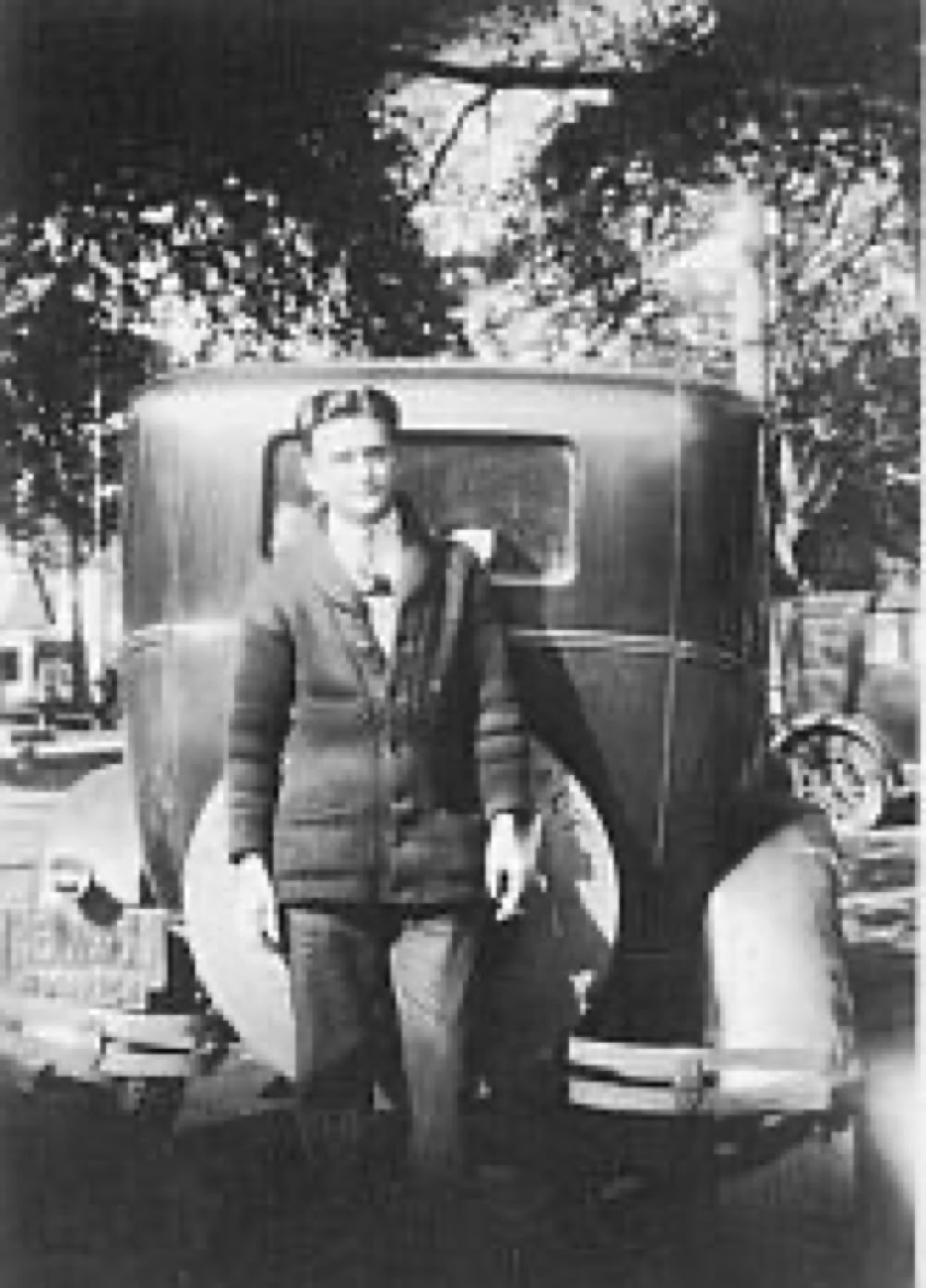Archie Brookins
My Grand Uncle Set's
The Record Straight
About Grits

Archie Brookins
My Grand Uncle Set's
The Record Straight
About Grits

19th Century Grist Mill Grinding Corn Into Grits
Grits: Here's Setting the Record Straight
By George Harmon
(Editor of the editorial page for the Jacksonville Journal)
Times Union and Journal, Jacksonville, Sunday, September 5, 1976
I have written a lot about things to cook and places to eat, so it is humiliating for me to confess that I have misled my readers about something as simple and Southern as grits.
I wrote an editorial published in the Jacksonville Journal on Aug. 28 in which I said, "Grits are the gritty stuff that is left when you grind kernels of corn into a cornmeal".
IT DIDN'T take long for Archie Brookins, a retired city employee who lives at 4334 Woodmere Drive, to set me straight.
More than 50 years ago as a boy living out from Live Oak, it was Brookins chore to take shelled corn from his family farm to a neighborhood grist mill to have it ground into cornmeal, grits and "chops" for chicken feed.
What's more, Brookins set me on the trail of the man who used to operate that very grist mill. He is Raymond Chauncey, still alive and kicking at the age of 77 in Live Oak. Chauncey had a lot to say about the manufacture of grits, too and about those now-vanished crossroads stores that once dotted the southern countryside.
"Grits, like cornmeal is ground from the whole kernel of corn," said
Brookins. "You can adjust the grinding stones to make coarse grits, medium grits, or fine grits - or turn the rocks down close and get cornmeal. You don't get grits and cornmeal at the same time."
My drawing of a grist mill - The shucked corn was fed into the hopper, ground between the stones and fed into the bucket on the ground.
The grist mill to which Brookins took his corn was situated at Star Station on the old Live Oak, Perry and Gulf Railroad, "the LOP&G."
STAR STATION wasn't even big enough to be called a village: It consisted of the Chauncey family farm, the Chauncey home, the Chauncey store and the Chauncey grist mill.
Brookins would take homegrown corn to the mill in a mule-drawn wagon. Only small amounts of corn were ground for a family at any one time - to deter weevils, I suppose. One or two pecks was the amount ground for the Brookins family.
"The way we paid for getting the corn ground was that the miller took what he called a toll, and he took it in grain before he ground the meal," said Brookins. "I believe the toll was a quart of grain to the peck, but I'm not too sure."
Both the method and the name of this form of payment hark back to medieval England. It means "a portion of grain taken by the miller as his fee."
THE FARM store and mill at Star station were owned by Mark Chauncey Jr., now dead, but Brookins told me the man who actually ground the corn was Raymond Chauncey, Mark's son, and that Raymond was still around, living in Live Oak where one of his sisters, Mrs. Ruby Howes, also lives.
"I operated the mill at Star Station and then moved to Pinemont, also in Suwannee County, and ran the mill for R. B. Goof", said Chauncey.
Chauncey is a little fuzzy about the exact years that he worked as a miller, but he consulted his wife and they think he was a miller at Star Station from about 1920 to 1925, and at Pinemont around 1925-30.
County storekeepers, said Chauncey, would grind corn to order to attract customers - who would usually buy their flour, sugar, barreled salt mullet, and occasionally beef butchered by the storekeeper at the same place the corn was ground. These customers would also sell eggs and chickens to the storekeeper, who would ship them to wholesale grocers for resale to city dwellers.
SATURDAY WAS the big day at the county store and the grist mill.
"I've ground corn on many a time till midnight on Saturday and then I'd go back on Monday and grind the toll, said Chauncey.
He would pack the toll meal into 100 pound cloth sacks and close the sacks with a needle and thread.
"We'd sell the toll to the wholesale house and buy groceries with the money," said Chauncey. The wholesalers, in turn, would re-bag the cornmeal and grits in small bags and sell them to groceries in the cities and towns.
Like Brookins, Chauncey is uncertain about the precise amount of grain that the miller collects as his toll: "We had a cup and you took a cup out for every half-bushel and two cups for a bushel.
Chauncey said Suwannee County farmers would leave their corn un-shucked in the barn until they needed a supply of grits or meal. Then "they picked the best corn" and shelled it, taking it immediately to the miller.
IF SOMEBODY wanted both corn meal and grits from his bag of corn, Chauncey would "grind meal first, then open the rocks and grind the grits."
Most people in those days ate coarse grits, but they are hard to find in supermarkets today. The grits you buy today are smaller in size.
But Chauncey says there is still on grist mill that he knows of, in Live Oak proper, where you can take your corn and get it ground to your specifications.
At Star Station, which has disappeared from the face of the earth, there was no picturesque water wheel to power the grindstones. Brooking said the power came from a gasoline engine.
CHAUNCEY SAID Star Station was a flag stop on the LOP&G and the fare from Star Station to Live Oak, six miles to the north, was 20 cents.
About every two months, the grindstones would be worn slick from producing so much meal and grits and there was an itinerant workman who used a tool to "pick" the stones and make them rough again. It was an all-day job; then the workman would move to another grist mill.
The grist mill at star Station served farm families in a radius of five or six miles.
